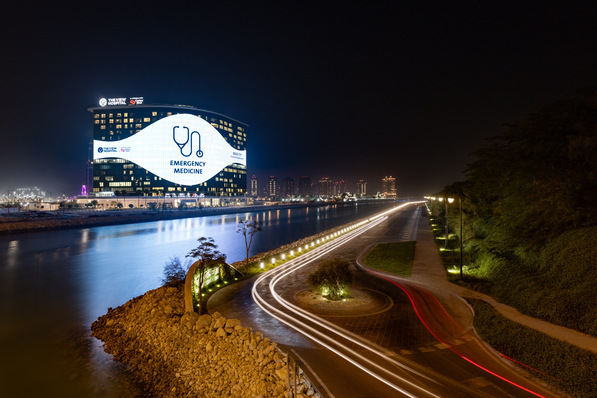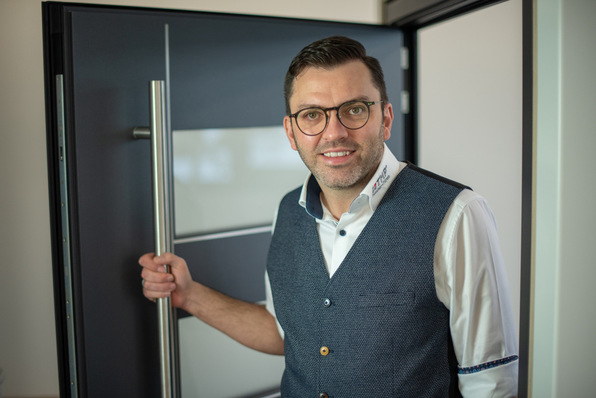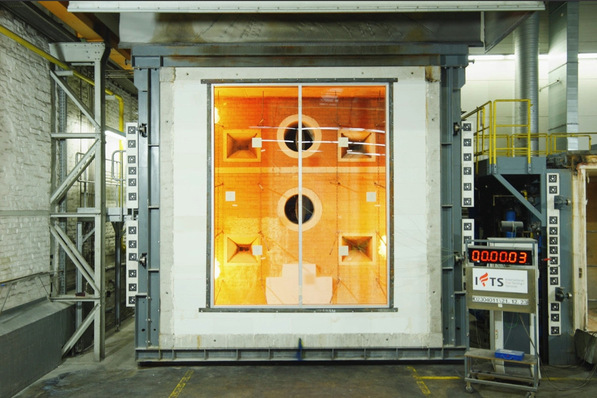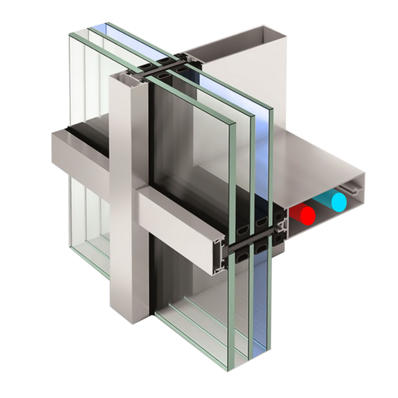The two companies Saint-Gobain Glass and Hydro Buidling Systems are pioneers in the production of low-carbon building elements with a high recycled content. At Hydro this applies specifically to aluminium facades made of Hydro Circal 75R and at Saint-Gobain Glass to the new Oraé glass.
With Oraé, Saint-Gobain Glass introduced the glass with the world's lowest carbon footprint in September 2022. The current Environmental Product Declaration (EPD) of Oraé proves a carbon footprint of only 6.64 kg CO2 equivalent per m² (based on 4 mm thick glass). This value corresponds to a reduction of 42 per cent compared to basic clear glass from Saint-Gobain in Europe. This is achieved through the use of electricity from renewable energy sources and a proportion of recycled glass (=64 per cent) in glass production.
See also: Saint-Gobain first to produce flat glass using hydrogen
The aluminium alloy Hydro Circal 75R has already been introduced by Hydro Building Systems in 2019 and consists of at least 75% recycled aluminium (end-of-life aluminium). The carbon footprint of Hydro Circal 75R is one of the lowest in the world, at 2.3 kg of CO2 per kg of aluminium.
Why is there a need for low-carbon building products?
Background: The construction industry is responsible for 39% of annual greenhouse gas emissions worldwide. Glass manufacturer Saint-Gobain and the Hydro Group (with its brands Wicona, Hueck, Technal, Sapa and Domal) are jointly committed to sustainable development.
A study on the life cycle assessment of facades estimates that the bound carbon of a facade could be reduced by up to 50 per cent if combined systems, such as profiles made of Hydro Circal 75R and Oraé glass (like Cool-Lite Xtreme Oraé solar control glass) are used.
Both companies are already helping builders and designers to create sustainable buildings with low emissions.
Targeted investments in "urban mining" and the circular economy
In view of ever scarcer raw material resources worldwide and stricter limits on emission values, interest in urban mining is also increasing. Hydro and Saint-Gobain are separately investing in the development of urban mining partnerships across Europe, acting consistently with their sustainability approach. Both companies are strongly committed to the collection and recycling of aluminium scrap and waste glass, respectively, thus promoting a value-added circular economy.
The advantages for building owners and investors: by investing in recycled products, the amount of CO2 bound in the building is reduced.
Henri Gomez, Vice President at Hydro Building Systems, says: "Ten years ago we started our journey towards decarbonising buildings with Hydro Circal 75R and now we continue to lead the way with our Hydro Circal 100R. By partnering with Saint-Gobain Glass, we are going far beyond the regulatory requirements."
Also interesting: Aluminium facade for the Mercator One in Duisburg
Bruno Mauvernay, Director Glass Facades at Saint-Gobain: "By combining our Oraé and Hydro Circal 75R innovations, we are now able to develop future-proof facades that contain around 50% less bound CO2 compared to a standard facade. This allows us to involve both builders and architects in our commitment to carbon neutrality."
How does the development continue?
The two companies plan to build long-term partnerships with more stakeholders, deepen their research to develop ever more sustainable products and continue to pioneer these areas - beyond the legal requirements.














